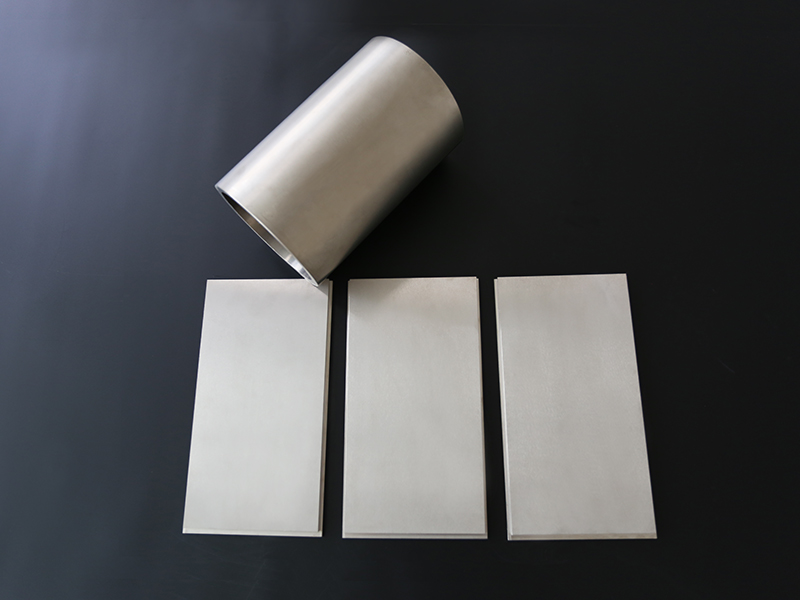In titanium and titanium alloys, hydrogen can be dissolved in β phase and a phase, and it can also exist in the form of γ phase (hydride). Hydrogen lowers the a+β/β phase transition point of titanium and is an interstitial β-stabilizing element. When the hydrogen content in titanium and titanium alloys is less than 0.020%, hydride-type hydrogen embrittlement can be prevented. But stress-induced hydride hydrogen embrittlement and reversible hydrogen embrittlement are difficult to avoid in titanium and titanium alloys. The main effect of hydrogen on the properties of titanium and titanium alloys is hydrogen embrittlement.
To reduce the hydrogen embrittlement of titanium and titanium alloys, the main measure is to reduce the hydrogen content. Practice has proved that raw materials are strictly controlled: vacuum smelting, neutral or oxidizing atmosphere or coating in processing; avoid reducing atmosphere during heat treatment; welding under inert atmosphere or vacuum protection, and avoid hydrogen increase in alkaline pickling as much as possible And so on are all valid. In addition, aluminum and tin can increase the solid solubility of hydrogen in a titanium; β-stabilizing elements can increase the number of β phases and increase the solubility of hydrogen in titanium and titanium alloys, reducing the effect of titanium and titanium alloys on hydrides and Stress-induced hydride-type hydrogen embrittlement sensitivity. But the oxygen in titanium alloy promotes hydrogen embrittlement.
Titanium’s hydrogen absorption constitutes hydrides and causes corrosion damage. There are roughly the following situations: (1) If the hydrogen dispersion rate is slow, and the hydrides mainly gather on the surface of titanium, the surface hydrides will become brittle and fall off and cause corrosion to accelerate. (2) Hydrogen is dispersed to the position where the stress field converges under stress to form a hydride. Because the internal microcracks are dispersed and penetrated under the stress, hydrogen-induced cracking is formed: (3) The titanium matrix absorbs a lot of hydrogen, causing titanium Hydrogen embrittlement damage of the material.
www.crnmc.com 








